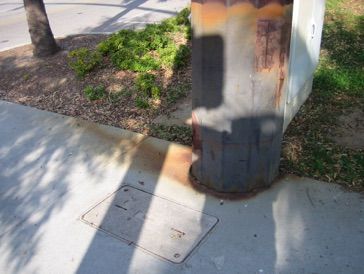Nearly 1/3 of Polesów admit that they happen to throw away food . Food is wasted every day also in schools – on the tableówkach and backpacks of studentsów. How to reduce food waste by children? Conclusions of the study and ideas for not wasting food are presented by Dr. Maria Kowalewska, director of the Bank's Food Bank. education and communication in the Federation of Polish Banksóin Food.
„More than 30% of the population in our country wastes food, and one in four Poles has thrown away food in the last 7 days . Someóers surveyed declare that this happens to them regularly. Since such a large part of society does not respect food, it is not surprising that food is wasted róalso in schools. To reduce the amount of food thrown away, it makes sense to start by educating the youngest”, points out Maria Kowalewska, director of the. education and communication at the Federation of Polish Banksóin Food, the program's community partner „Extra School Tableówka”.
School statistics
The problem of food waste is already affecting schoolsół primary. We have in memory situations thatóWe have witnessed some of these ourselves: hiding the second breakfast in the backpack until it is useless to eat, leaving almost full meals in the backpack, leaving almost full food on the tableów on the tableóince, throwing away the packed by the parentów into a breakfast box of apples. Uneaten sandwiches and fruits were landing in the trash. The problem is well-known amongód adults – as many as 72% of surveyed Polesów believe that children do not respect food, and 68% of respondents indicate that food wasting may be a problem in Polish schools .
Nearly all respondents (91%) would like teachers and school employees toół introduced measures to reduce food waste zaróboth by children and school tablesówki.
A candy bar instead of a sandwich
What products most often end up in the school trash is no surprise:
- sandwiches (58%), surówki (42%), soups (34%),
- groats or rice (33%),
- vegetables (30%) and fruits (29%) and milk (27%),
- Potatoes (24%) and meat (20%) .
Why these products? According to teachers, students are most likely to throw away food because, instead of planned mealsów prefer to eat sweets and snacks or do not like what they have in their boxes or on their school tablesówkach. Sometimes parents also prepare oversized portions for their children. Too much and not as much flavor as expected – are the two most common reasons for wasting food.
Meal time
It turned out that food waste is affected by the length of the school break. Children do not manage to eat the whole sandwich, so part of it ends up in the trash. The same problem arises with mealsóin the school cafeteriaówce. Students don't manage to eat all their lunch, so the rest goes to waste. A beneficial lunch break is one that is 30 minutes long. Provides 20 minutes of the so-called "food". Time to consume the meal and 10 minutes to get to the tableówka, waiting in line or chatting with colleagues. A longer break means more opportunity for students to consumeów whole lunch, including vegetables or fruitów. By the way, it has the function of „socialization”, Because students can get together and wspólently spend time.
Habits to change
Learning not to waste food should start at home. It's from parentsów children should learn proper habitsóin nutrition and the basics of healthy eating. If the child does not have such patternsóat home, the school should take on an educational role.
The teacher is an ambassador for proper food handling. The second breakfast eaten wspólnie by studentsów and teacher shows that it is possible to eat a meal in peace and slowly. Wspólnterruptions unite, and also allow food to be shared – fruits or vegetables, so that not so much food is wasted.
„WayóThere are many ways to reduce food waste in schools”, points out Maria Kowalewska, director of the. Education and communication at the Federation of Polish Banksóin Food. „School tablesówki can limit the portions given out so that they are not too large. You can introduce an accuracy rule, so children can take as much as they need. The school can organize a corner for „unwanted” eating. Instead of throwing sandwiches in the trash, students will be able to leave them on the półka. Those whoóers like to eat more, forgot their breakfast or simply didn't get it from their parentsów – benefit from the product left behindów. How much glassół, so much the ideaów, and reducing food waste is a win-win, because in the process it becomes a lesson in proper food management from an early age”, emphasizes Maria Kowalewska.


